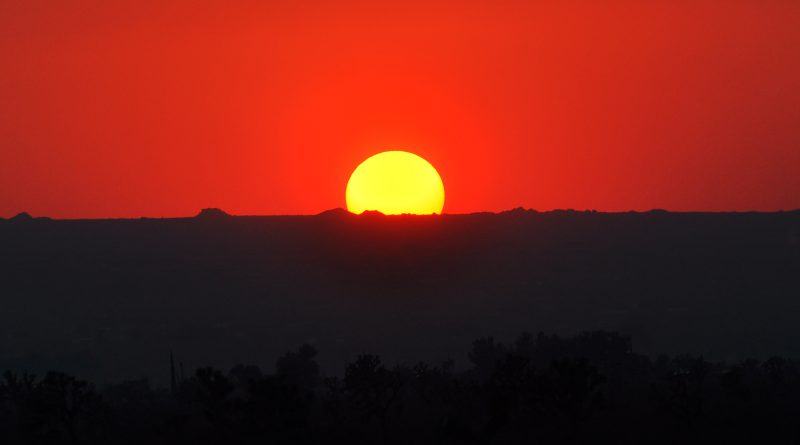Summer Solstice: Longest Day of the Year – Mysteries and Myths
As the sun reaches its highest point in the sky, illuminating the world with its golden rays, we mark the arrival of the summer solstice. This astronomical event, occurring annually between June 20 and 22 in the Northern Hemisphere, signifies the longest day and the shortest night of the year. The summer solstice is not just a scientific phenomenon; it is a celebration of light, life, and the vibrant energy of summer. Let’s delve into the significance, history, and various cultural festivities that surround this special day.
The Science Behind the Solstice
The summer solstice occurs when the Earth’s axial tilt is most inclined towards the sun, positioning the sun directly over the Tropic of Cancer at 23.5 degrees north latitude. This tilt, combined with the Earth’s elliptical orbit around the sun, is responsible for the varying lengths of days and nights throughout the year. During the solstice, the North Pole experiences continuous daylight, known as the midnight sun, while the Southern Hemisphere experiences its winter solstice, the shortest day of the year.
The solstice marks a turning point in the Earth’s annual cycle. From this day forward, the sun begins its gradual retreat southward, and the days will start to shorten until the winter solstice. This shifting balance of light and darkness has profound effects on our environment, influencing weather patterns, plant growth, and animal behaviors.
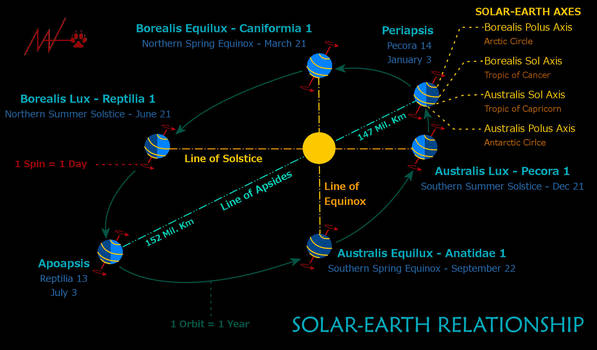
Historical and Cultural Significance
The summer solstice has been celebrated for millennia, with ancient civilizations recognizing its importance and incorporating it into their cultural and religious practices.
- Stonehenge, England: One of the most famous solstice celebrations takes place at Stonehenge. This prehistoric monument, dating back over 4,000 years, aligns perfectly with the sunrise on the summer solstice. Thousands of people gather to witness the sun rising over the Heel Stone, a sight that has fascinated humans for centuries. The purpose of Stonehenge remains a mystery, but its alignment suggests that it served as an astronomical observatory and a place of spiritual significance.
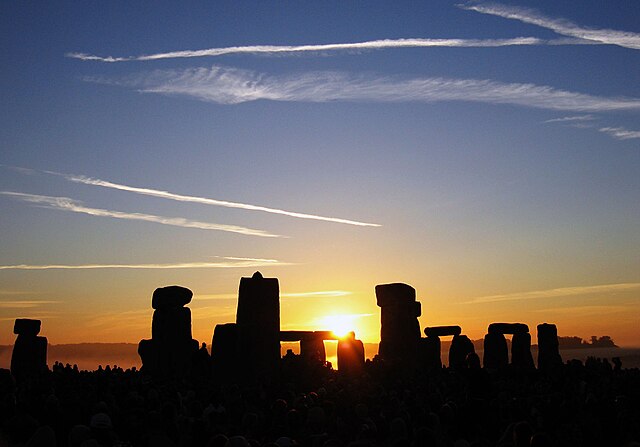
Summer_Solstice_Sunrise_over_Stonehenge_2005 - Midsummer in Scandinavia: In Sweden, Finland, and other Scandinavian countries, Midsummer is a major festival marked by dancing around maypoles, singing traditional songs, and enjoying feasts with family and friends. The holiday, known as Midsommar in Sweden, is a time to celebrate nature, fertility, and the bountiful summer. Bonfires are lit to ward off evil spirits, and people wear floral wreaths and garlands as symbols of life and renewal.
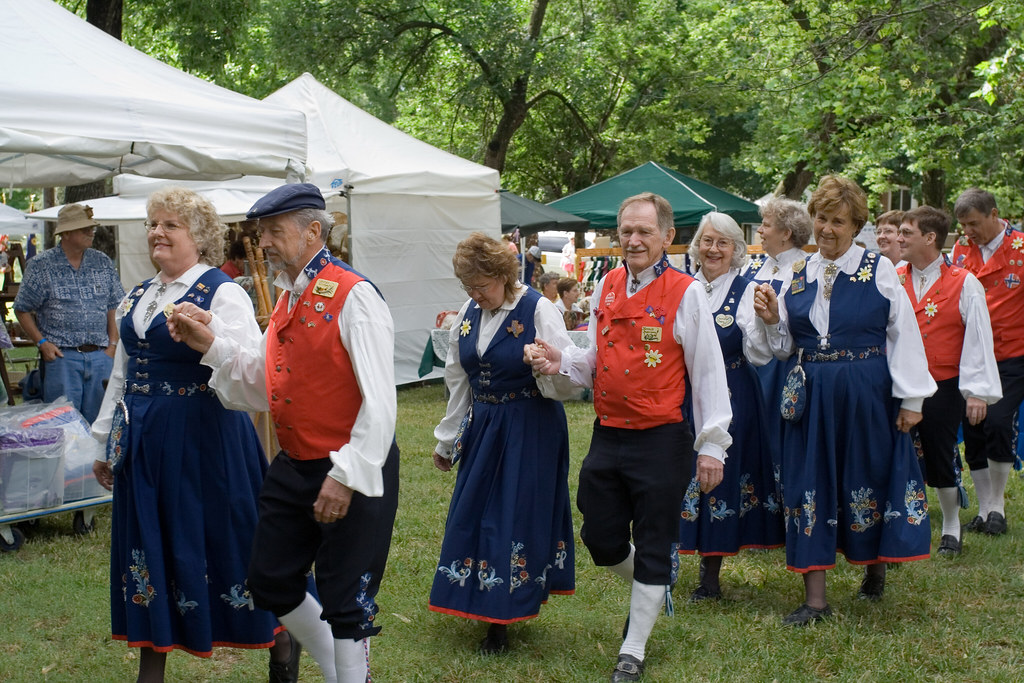
- Inti Raymi, Peru: The Inca civilization in Peru celebrated Inti Raymi, the Festival of the Sun, honoring the sun god Inti. This event, which coincides with the winter solstice in the Southern Hemisphere, involves elaborate rituals, dances, and sacrifices to ensure a good harvest. The festival was suppressed by Spanish colonizers but has been revived in modern times as a cultural heritage event, attracting thousands of visitors to the ancient city of Cusco.
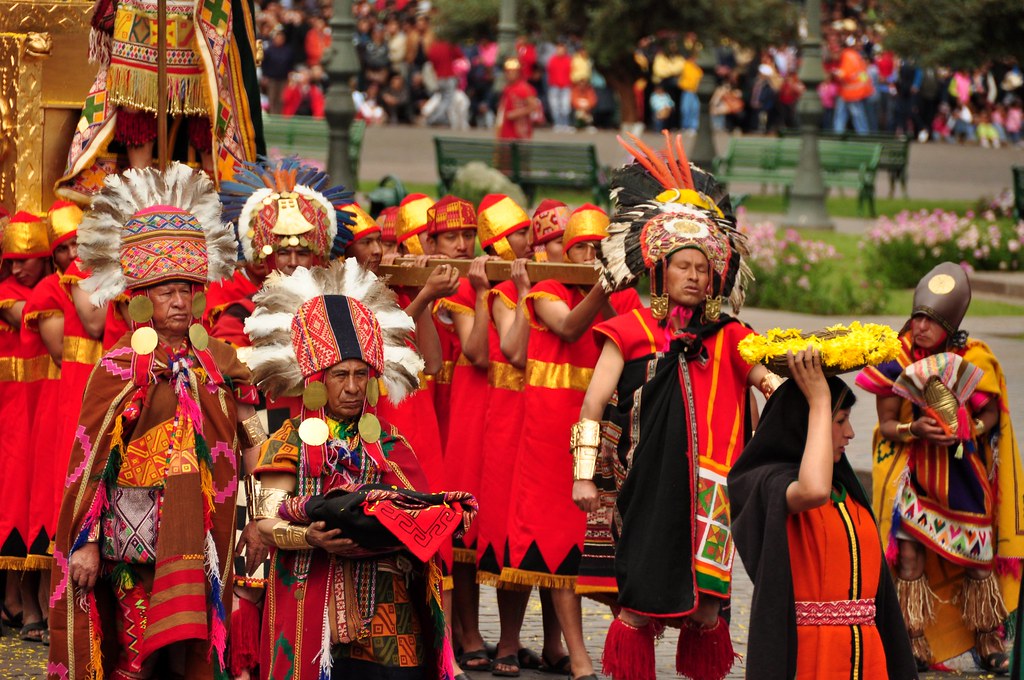
- Kupala Night, Eastern Europe: In countries like Ukraine, Poland, and Belarus, Kupala Night is celebrated with bonfires, jumping over flames, and searching for the mythical fern flower. The festival combines pagan traditions with Christian elements, highlighting themes of love, fertility, and purification. Couples leap over bonfires to strengthen their bonds, and young people search for the elusive fern flower, believed to bring good fortune and happiness.
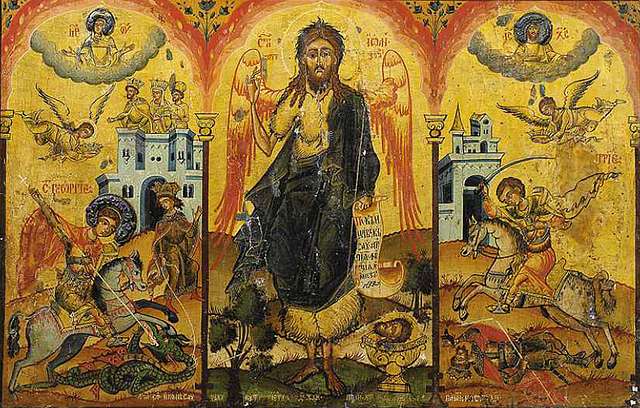
Mysteries and Myths
The summer solstice is shrouded in mysteries and myths that have intrigued humans for centuries.
- Ley Lines and Energies: Some theories suggest that ancient monuments like Stonehenge are located on ley lines, which are thought to be alignments of powerful earth energies. These lines purportedly connect various historical and spiritual sites, creating a network of energy that can be harnessed during solstices and equinoxes. While scientifically unproven, ley lines continue to captivate the imagination of many.

Ley Lines and Energies - The Midnight Sun: In regions above the Arctic Circle, the phenomenon of the midnight sun occurs, where the sun remains visible at midnight. This continuous daylight has profound effects on the human psyche, leading to increased energy and activity levels. However, it also presents challenges, such as difficulty sleeping and maintaining circadian rhythms.

- Ancient Astronomical Knowledge: The precise alignment of ancient structures with solstitial points suggests a sophisticated understanding of astronomy among prehistoric peoples. How they acquired such knowledge and the exact purposes of these alignments remain subjects of ongoing research and debate.
Modern Celebrations and Activities
Today, the summer solstice is an opportunity for people around the world to reconnect with nature and each other. Various activities and traditions have evolved, blending ancient customs with contemporary practices:
- Sunrise Gatherings: People flock to natural landmarks, parks, and beaches to witness the sunrise. These gatherings often include meditation, yoga, and communal celebrations, fostering a sense of unity and peace.
- Festivals and Music: Many cities host summer solstice festivals featuring live music, dance performances, and cultural showcases. These events celebrate the diversity and vibrancy of local communities.
- Gardening and Outdoor Activities: The solstice is a perfect time to engage in gardening, hiking, and picnics. The extended daylight hours provide ample opportunity to enjoy the outdoors and appreciate the beauty of the natural world.
- Spiritual Practices: For some, the summer solstice is a time for spiritual reflection and rituals. Practices such as lighting candles, creating altars, and offering gratitude to the sun are common ways to honor the solstice.
Embracing the Light
The summer solstice is a reminder of the cyclical nature of life and the importance of balance. As we revel in the abundance of light and warmth, it is also a time to reflect on personal growth and renewal. Whether through ancient traditions or modern festivities, the solstice encourages us to celebrate the Earth, our communities, and the radiant energy of the sun. So, as the longest day unfolds, take a moment to bask in the light, embrace the season, and join in the global celebration of the summer solstice.
